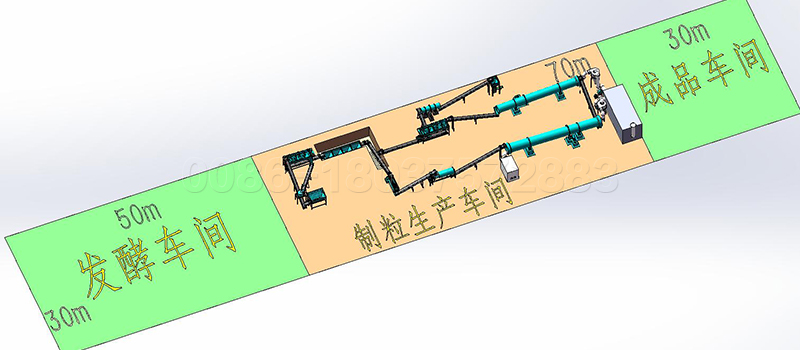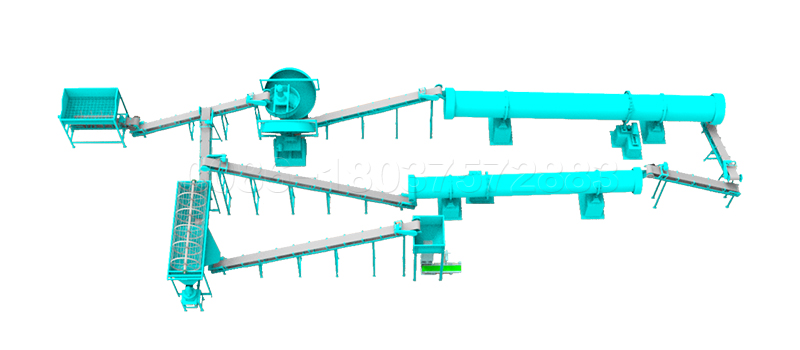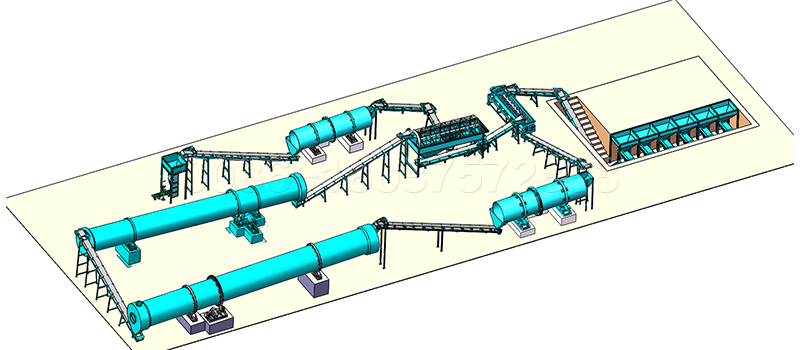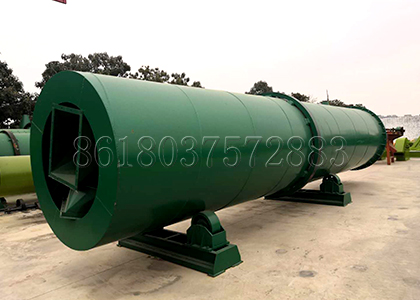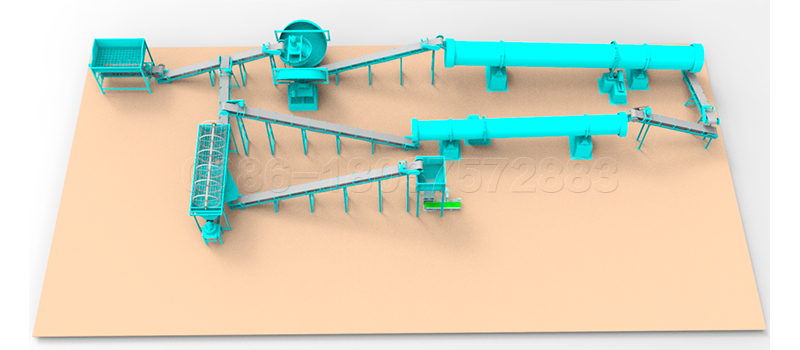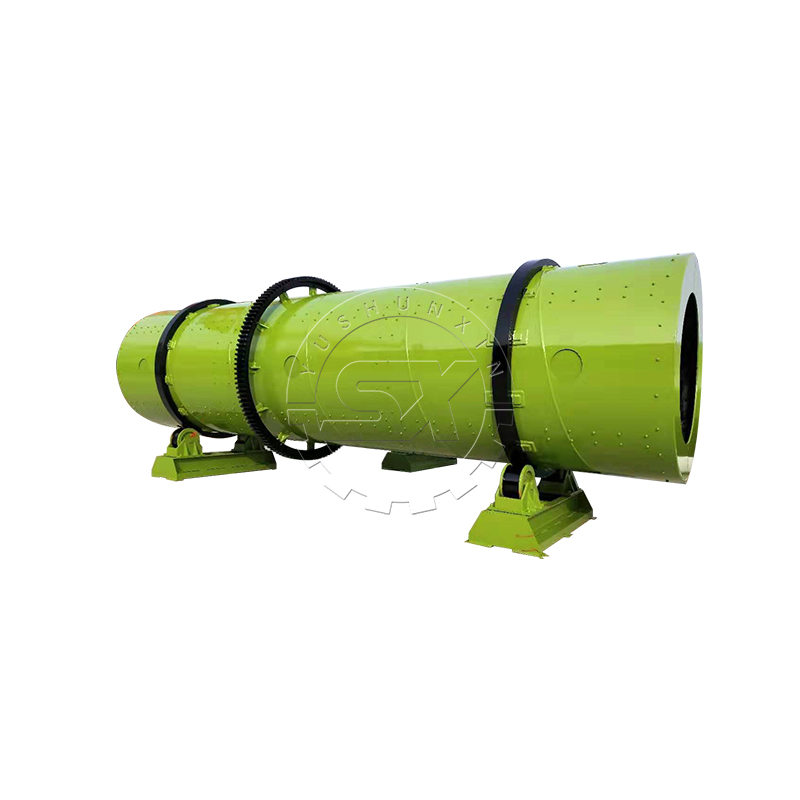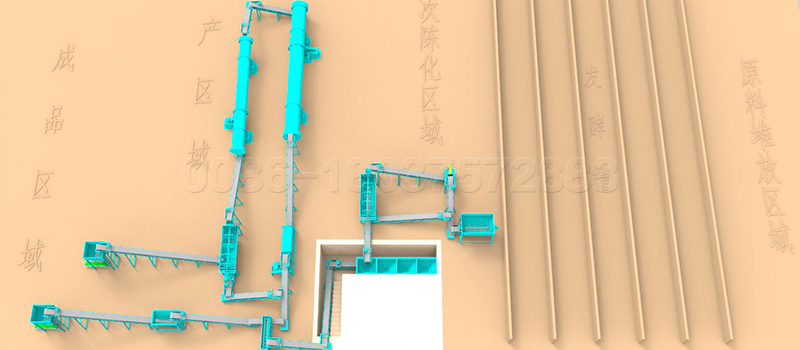In a complete organic fertilizer manufacturing process for manure fertilizer production, fermentation, granulation and crushing are three key steps. Therefore, fermentation stacker, organic fertilizer granulator and organic fertilizer crusher play an important role in all organic fertilizer equipment. Let’s discuss the problems that may be encountered in the production process of these two key links.
How to improve the product output and output, the key lies in the organic fertilizer granulator.
1、 According to the moisture, fineness and cohesiveness of raw materials.
1. Moisture
Powder raw materials form spherical particles through the attachment of water. Therefore, controlling water and making water uniform have become the key factors to improve yield. The lower the moisture content, the lower the granulation rate, the higher the moisture content, the more large particles, the uneven moisture, the smaller the particle size, and the lower the yield.
2. Material fineness
It is needless to say that the material fiber has natural coarse granulation effect, rough and brittle appearance and poor formability. The higher the fineness, the better the formability and the smoother the particles.
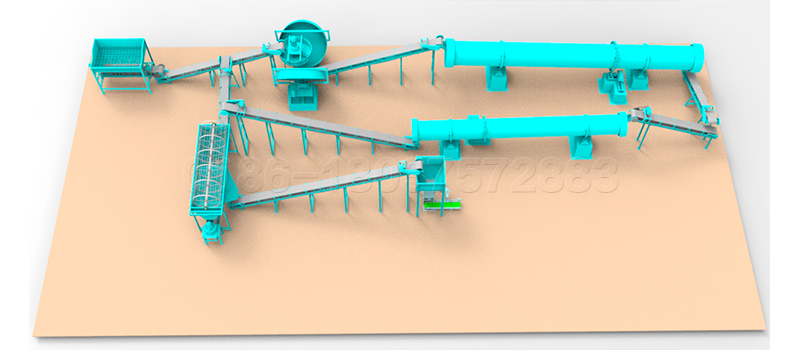
3. Is the material sticky
In particular, organic fertilizer granulation, general raw animal manure (chicken manure, pig manure, cow manure, sheep manure, pigeon manure, etc.), straw (corn straw, straw, leaves, etc.), fungus residue, sugar residue, drug residue, monosodium glutamate residue, etc. The viscosity of general materials is poor, so some viscous fillers such as bentonite need to be added.
2、 Fertilizer granulator is selected for organic fertilizer production line.
For example, the production of granules can choose disc granulator, new organic fertilizer granulator and drum granulator.
If columnar is produced, ring mold granulator and columnar extruder are selected.
For irregular and flat ball type, select the appropriate drum extrusion granulator (depending on the die).
All kinds of granulation equipment have their own advantages and disadvantages. Different equipment shall be selected according to raw materials, investment cost (drying or not) and the needs of farmers.
3、 Equipment operation
1. For example, the disc granulator can pass the inclination of the disc. The more flat the disc is, the larger the particles are, the steeper the disc is, and the smaller the particles are.
2. According to the control of material moisture, the larger the moisture, the larger the particles, the smaller the moisture, and the smaller the particles.
3. According to the speed, the higher the speed, the smaller the particles, and the lower the speed, the larger the particles.
In general, the uneven particles of organic fertilizer are mostly caused by the uneven mixing of materials and the thickness of material fiber.


